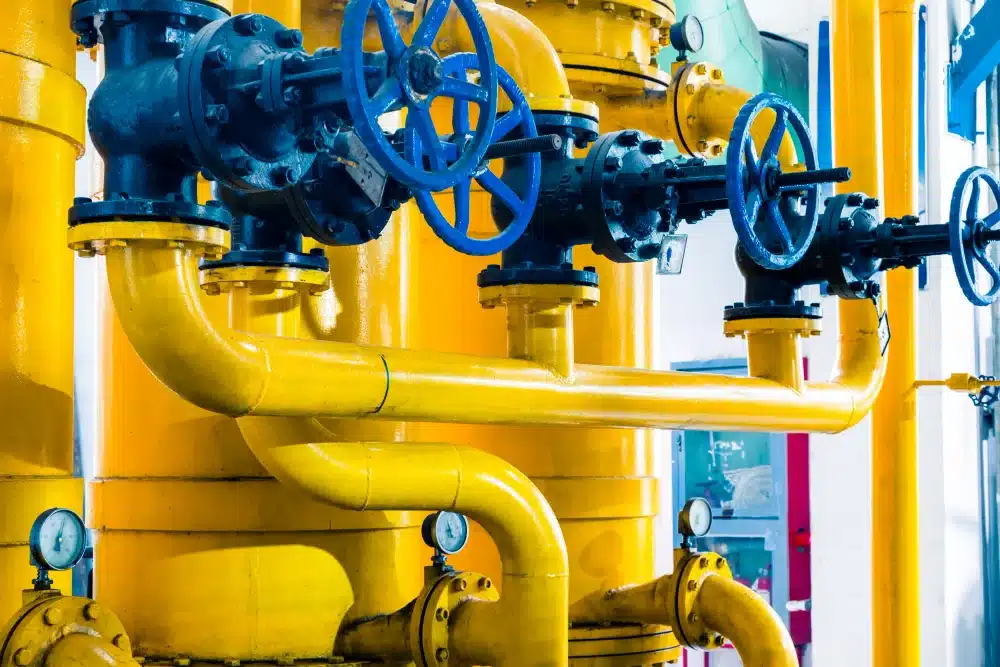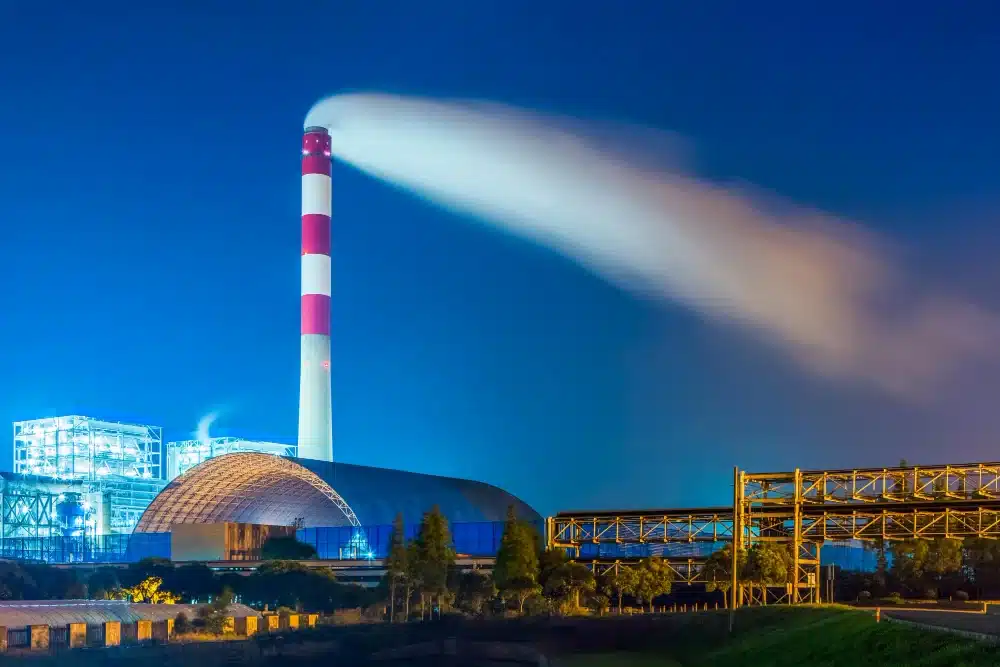The Pros and Cons of Gas Electricity
Contingent upon where you reside, you might have to choose between gas, electricity, or another energy hotspot for your home. Gaseous electricity is made by consuming flammable gases. A spotless wellspring of energy doesn’t create discharges, making its pursuit a decent decision for the climate. Be that as it may, gas and electricity can be costly, and they’re not generally accessible when you want them. Here are a few pros and cons to assist you with deciding if gas or electricity is the right choice for you.


- The pros and cons of gas and electricity
- The pros of gas and electricity
- The cons of gas and electricity
- The pros and cons of sustainable power
- The pros and cons of thermal power
The pros and cons of gas and electricity
1.1 Presentation
Gas and electricity are two significant energy sources that are utilized to control our homes and organizations. While they both have their benefits and drawbacks, gas is by and large considered the more reasonable and harmless choice for the ecosystem benefits and drawbacks, gas is by and large considered the more reasonable and harmless choice for the ecosystem. Here, we investigate the pros and cons of gas and electricity to assist you in arriving at an educated conclusion about which is ideal for you.
1.2 The pros of gas and electricity
Gas is commonly less expensive than electricity, making it a more reasonable choice for families and organizations. It is likewise a cleaner-consuming fuel, meaning it creates fewer fossil fuel byproducts than electricity. This is significant for our current circumstance and helps lessen our dependence on non-renewable energy sources.
1.3 The Cons of Gas and Electricity
Despite the fact that gas is a cleaner-consuming fuel than electricity, it actually emanates ozone-depleting substances that contribute to environmental change. Furthermore, gas is a limited asset that will ultimately run out. This really intends that, dissimilar to electricity, it’s anything but a maintainable energy source.
The pros of gas and electricity
Electricity created from flammable gas is less expensive than that from coal and transmits less carbon dioxide per unit of electricity than either coal or oil.
Gaseous petrol is plentiful in many areas of the planet, including the US, and its cost is moderately steady.
Gas-terminated power plants can be assembled rapidly and respond rapidly to changes in electricity demand.
Petroleum gas-fired power plants produce less carbon dioxide and other pollutants than coal-fired power plants.
Gas-terminated power plants are easier to work with and maintain than coal-terminated power plants.
The cons of gas and electricity
Electricity isn’t accessible all the time. At the point when the sun doesn’t sparkle or the breeze isn’t blowing, there is no electricity. This can be an issue on the off chance that you are relying on electricity for intensity, light, or other necessities.
Gas is a non-renewable energy source, and like every single petroleum product, it is a restricted asset. When we go through it, it will be gone for eternity. This implies that we want to find elective energy sources before it is past the point of no return.
Consuming petroleum derivatives discharges ozone-depleting substances into the environment, which contribute to environmental change. Environmental change is a genuine and difficult issue that we really want to address now, before it is past the point of no return.


Gas and electricity are likewise costly. The foundation’s expected cost to ship and store gas is exorbitant, and these expenses are passed on to consumers.
The pros and cons of sustainable power
There are various pros and cons to sustainable power. On the plus side, environmentally friendly power is a spotless wellspring of energy. It doesn’t deliver emanations or contamination, which is a critical benefit over non-renewable energy sources. Furthermore, environmentally friendly power is a practical wellspring of energy, meaning it tends to be utilized endlessly without running out. Another benefit of environmentally friendly power is that it is often less expensive than petroleum products once the underlying venture has been made.
On the con side, environmentally friendly power can be intermittent, meaning it isn’t generally accessible when required. Furthermore, a few types of sustainable power, such as sunlight-based and wind-based, require a lot of land to produce a lot of force, which may not be accessible in certain areas. Also, environmentally friendly power can be more costly than non-renewable energy sources at first.
By and large, environmentally friendly power has various benefits and drawbacks. The decision of whether or not to utilize environmentally friendly power ought to be founded on various elements, including cost, accessibility, and the particular necessities of the client.
The pros and cons of thermal power
The significant benefit of thermal power is that it doesn’t deliver ozone-depleting substances, which are responsible for environmental change. The ozone-harming substances come from the consumption of petroleum products like coal and flammable gas. Thermal energy stations consume nothing, so they don’t deliver ozone-depleting substances.
Another benefit of thermal power is that it’s an extremely efficient method for delivering electricity. As a matter of fact, it’s the most effective method for creating a lot of electricity. A thermal energy station can deliver more electricity than a coal-fired power plant of similar size.
A third benefit of thermal power is that it doesn’t need a lot of land. A thermal energy station can create a ton of electricity on a little real estate parcel. This is as opposed to other types of energy generation, for example, sunlight-based and wind power, which require a lot of land.
The significant burden of thermal power is that it produces radioactive waste. This waste is risky and challenging to discard. There is no totally protected method for discarding it, so it addresses a drawn-out ecological danger.
Another burden of thermal power is the risk of mishaps. Thermal energy stations are extremely protected, yet mishaps can and do occur. The most well-known atomic mishap was the Chernobyl catastrophe in 1986, which brought about the arrival of a lot of radiation into the climate.
A third burden of thermal power is the expense. Thermal energy stations are expensive to assemble, and the expense of discarding atomic waste is additionally extremely high.
Generally, gas and electricity have a larger number of pros than cons. It is a less expensive and cleaner method for delivering energy than other types of electricity. Furthermore, it is more solid and effective than at any other time in recent memory. Notwithstanding, there are still a few cons to consider, such as the natural effects of gas extraction and the potential for gas spills.





Your blog is a treasure trove of valuable insights and thought-provoking commentary. Your dedication to your craft is evident in every word you write. Keep up the fantastic work!
I don’t think the title of your article matches the content lol. Just kidding, mainly because I had some doubts after reading the article. https://accounts.binance.info/register?ref=P9L9FQKY